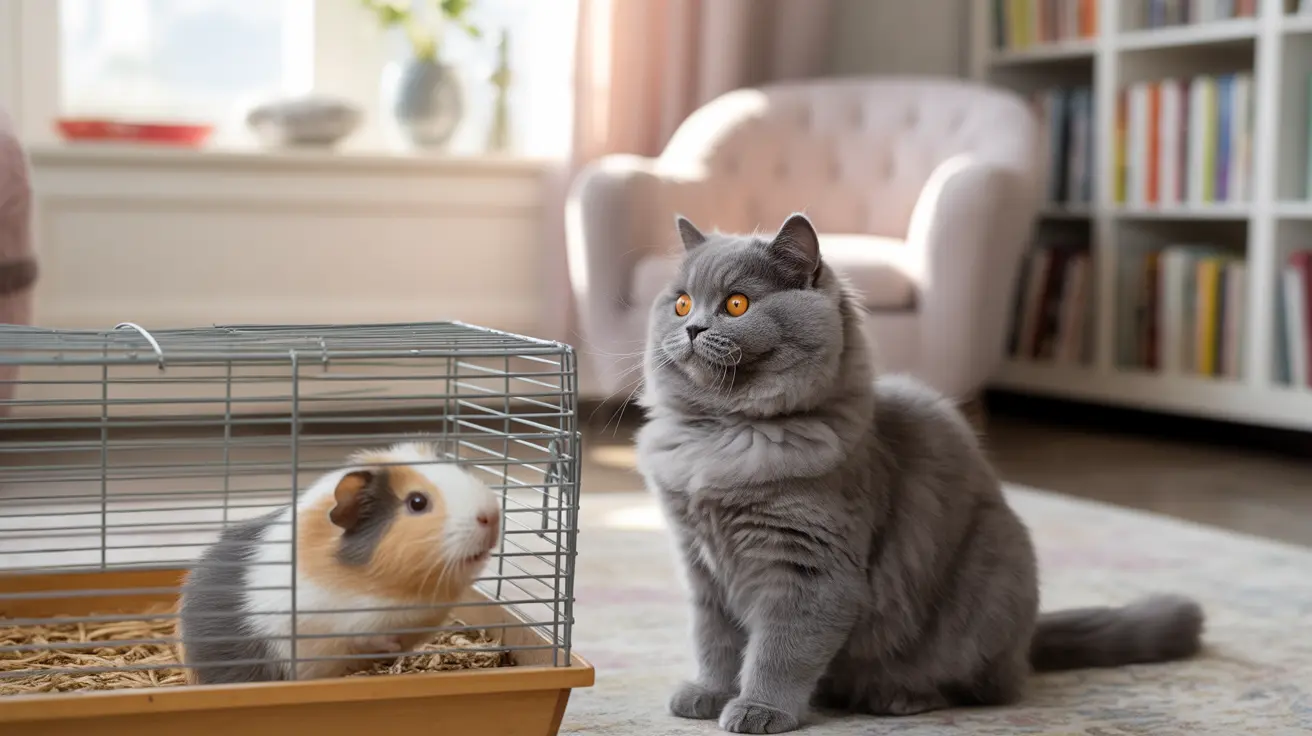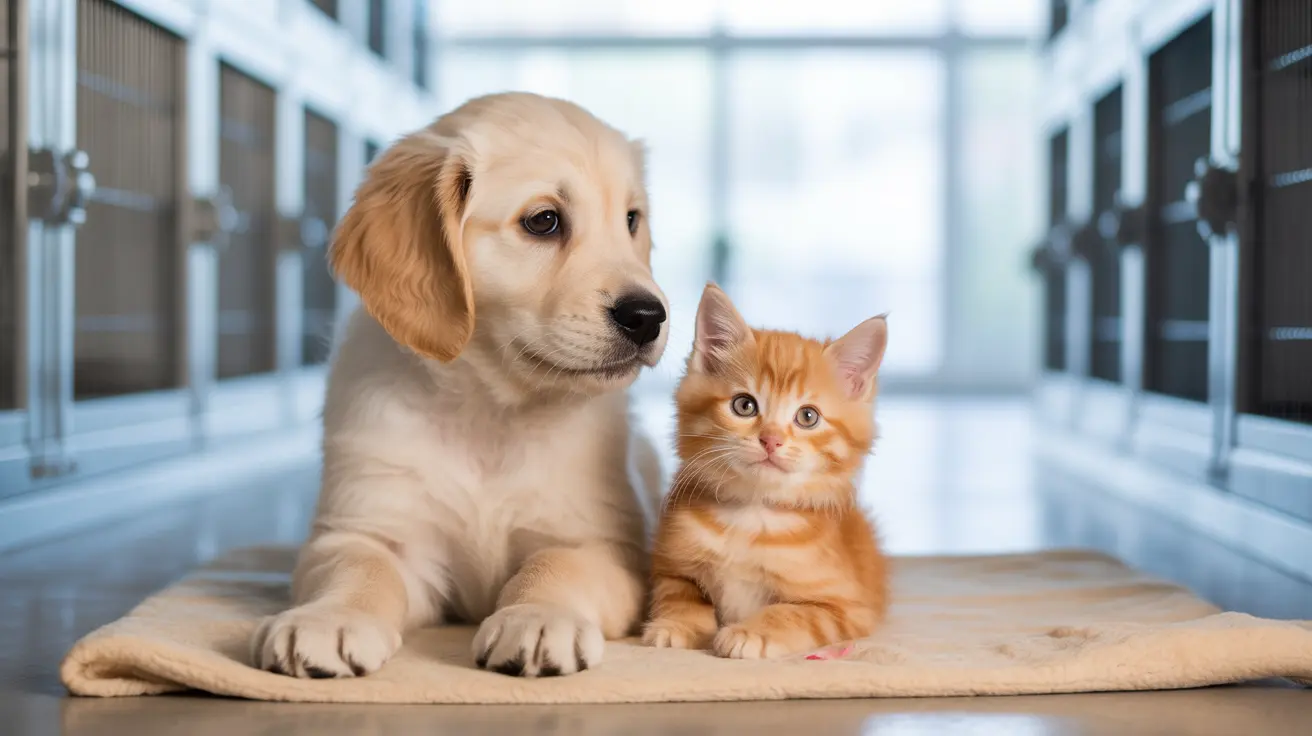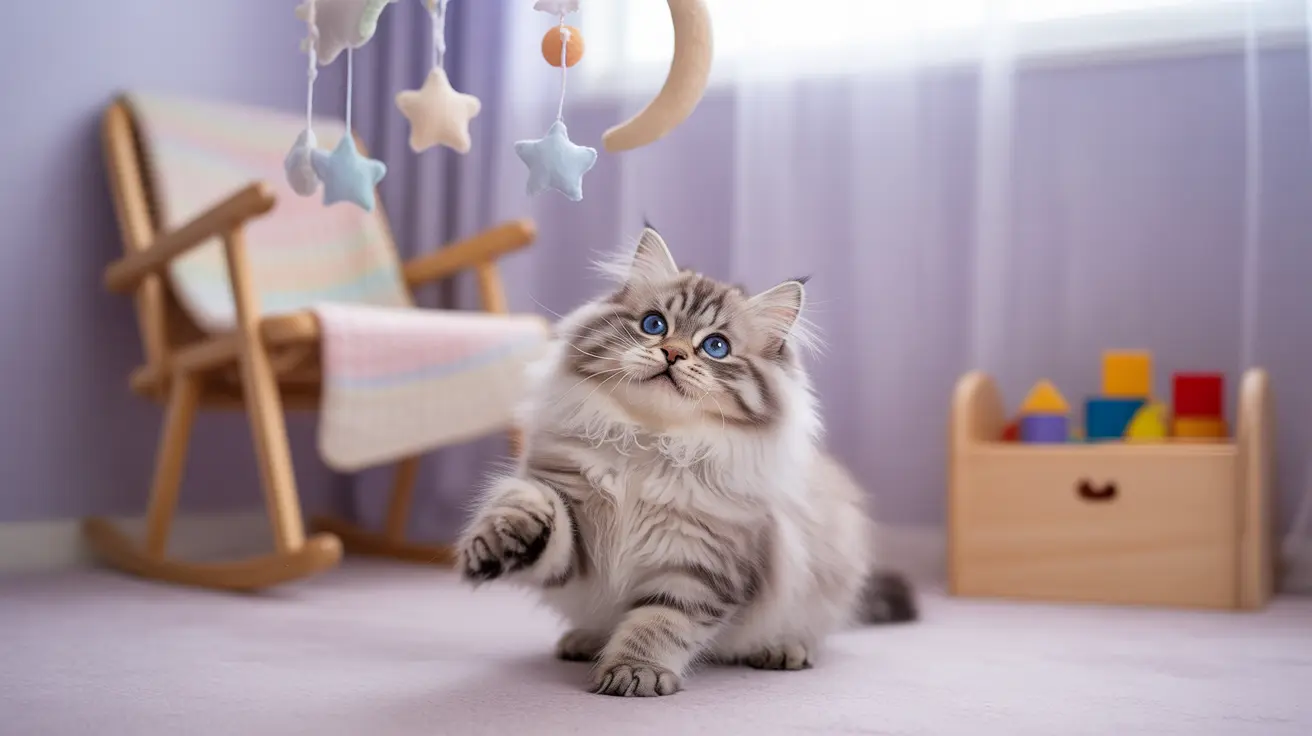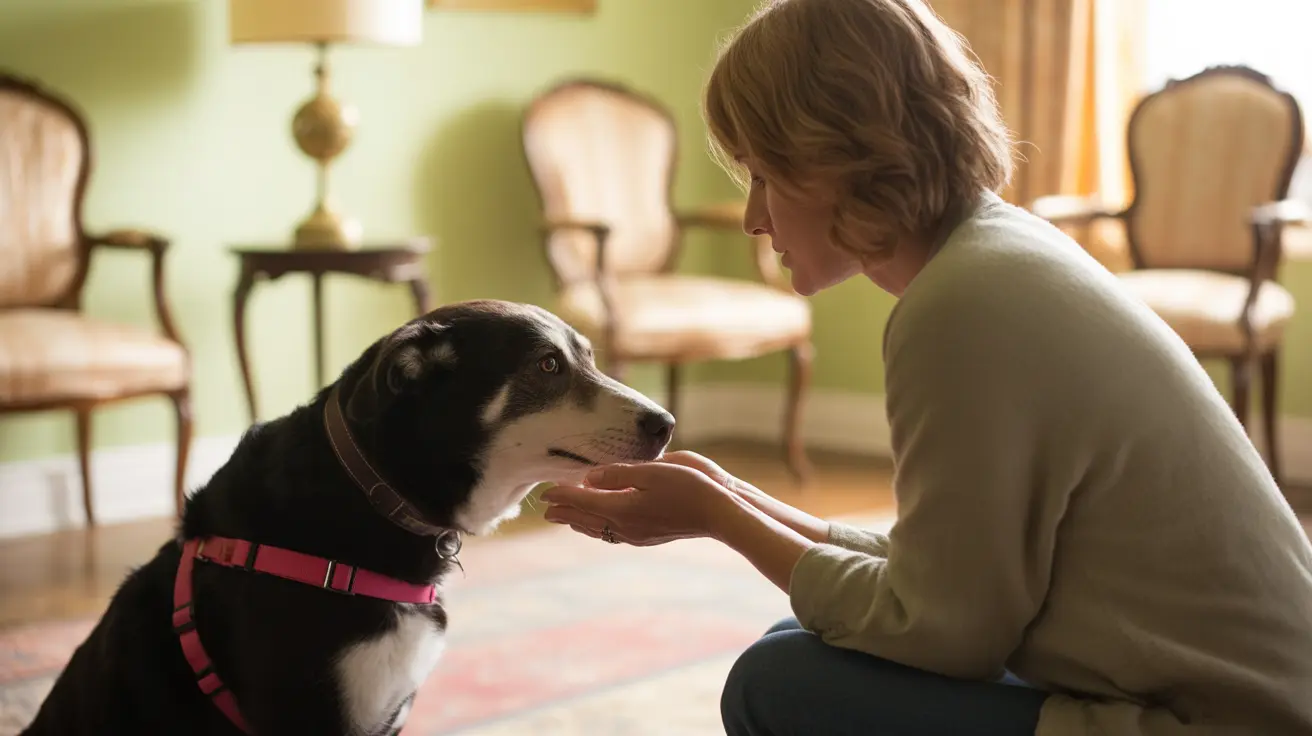Understanding Natural Instincts
Cats are natural predators with strong hunting instincts, particularly toward small animals like guinea pigs. Even well-fed, domesticated cats retain these instincts, with studies showing that over 75% of house cats exhibit hunting behaviors. Guinea pigs, being prey animals, are hardwired to fear potential predators and can experience severe stress merely from a cat's presence.
Safety Considerations for Mixed-Species Households
If you're determined to keep both cats and guinea pigs, implementing proper safety measures is non-negotiable. The primary focus should be on creating secure, separate living spaces that prevent any direct contact between the animals.
Proper Housing Requirements
Guinea pigs need a predator-proof enclosure that's completely inaccessible to cats. This means:
- Sturdy cage construction with small bar spacing
- Secure, heavy-duty latches
- Full coverage top
- Raised placement away from jumping zones
- Location in a separate, lockable room
Managing Interactions and Stress
Even indirect interactions between cats and guinea pigs can cause significant stress. Guinea pigs may exhibit stress symptoms such as:
- Freezing or showing tonic immobility
- Decreased appetite
- Hiding behavior
- Excessive vocalization
- Reduced activity levels
Creating Safe Spaces
Successful coexistence requires establishing distinct territories for both pets. Guinea pigs should have their own dedicated space for exercise and playtime, completely separate from areas where cats have access. This might mean designating specific rooms as cat-free zones during guinea pig floor time.
Signs That Coexistence Isn't Working
Watch for these warning signals that indicate the living situation is causing stress:
- Cats showing excessive interest in the guinea pig enclosure
- Guinea pigs displaying ongoing stress behaviors
- Changes in eating patterns or social behavior
- Aggressive or predatory behavior from cats
Frequently Asked Questions
Can cats and guinea pigs safely live together in the same house?
While it's possible to keep both pets in the same home, they should never have direct contact. Success requires strict separation and constant vigilance to ensure the guinea pigs' safety.
How can I prevent my cat from hurting my guinea pig?
Use secure, elevated enclosures with tight mesh or bars, keep guinea pigs in a separate room with a closing door, and never allow unsupervised interaction between the animals.
What are signs that my guinea pig is stressed by the presence of a cat?
Look for hiding, reduced eating, freezing in place, excessive squeaking, or decreased activity. These behaviors indicate your guinea pig feels threatened.
How should I introduce a cat and a guinea pig to each other safely?
If introduction is necessary, do so with the guinea pig in their secure cage and the cat on a leash, maintaining significant distance. Never force interaction and end the session if either animal shows stress.
What kind of enclosure is best to protect guinea pigs from cats?
Choose a sturdy cage with small bar spacing (less than 1 inch), a secure top, and strong latches. Place it in a separate room or elevated location where cats cannot access it.
Conclusion
While cats and guinea pigs can technically live under the same roof, it requires significant commitment to safety and separation. The most responsible approach is to maintain complete physical separation between these natural predator and prey species. If you're considering having both pets, ensure you can provide the necessary space, equipment, and supervision to keep both animals safe and stress-free.






